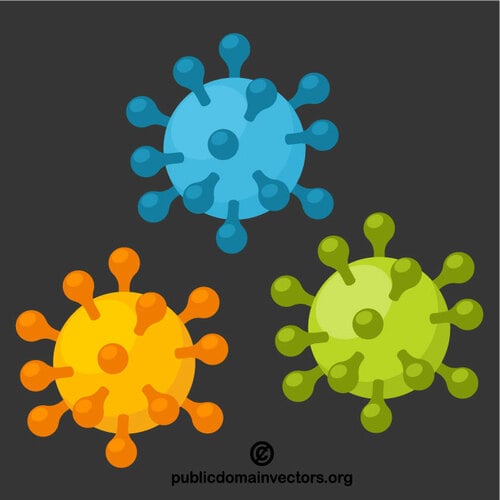There is a reason they call the corona virus "novel", its because it is behaving unlike any other we've seen in recent history. Humans have so far discovered the following traits about this virus which is extremely bad news:
1. This virus creates symptoms in only ~5% of individuals it infects. While this may seem like great news initially, consider that high impact viruses like smallpox which kill more than 80% individuals it infects spreads much lesser simply because the individual dies and there is nobody left to "carry" the disease further.
2. This virus is far more durable than others we have seen. Germ theory taught us that viruses need a host to survive. The virus feeds on the host to stay alive without which it simply dies in a matter of hours. But this one seems to stay on for hours, days and even weeks on surfaces like plastic and steel.
3. The virus chooses its victims randomly, there is no common factor found so far among those infected. However, there are some probability factors like temperature (more infections in colder climates relative to warmer climates).
4. Social distancing seems to help. It means the virus is more likely to spread from person A to B if they are in a vicinity of six feet, and not if they are further apart.
5. This virus is evolving and adapting. The virus that originated in China has a different genetic code to the one that spread to Italy where there is cold climate. The version that spread to India is also a different variant which has adapted to a much warmer climate.
An interesting aspect of point 4 is the viral load factor which seems to be very nuanced in this virus compared to others. Viral load simply means that if there are more infected people in a vicinity, more the chances of the uninfected among them catching the virus more severely due to the combined load of the viruses in other carriers' bodies. Its almost as if those viruses can think and act in unison, and attack their target just as a swarm of hyenas attack their prey in a wild forest, is that even possible? Well, scientists of the peer review community may laugh at that argument but common sense suggests that its indeed possible if so many other things are possible in nature.
What makes this virus truly dangerous is the combination of point 1 (low infection rate = more carriers), point 2 (more durable = could be active even in asymptomatic persons) and point 4 (more density = more chances of new infections).
Besides, an asymptomatic person is just asymptomatic, it doesn't mean he/she is permanently immune to the virus. Its quite possible and probable that the renewed surge of viral load will again be unleashed upon this person when he/she attends a congregation next time, especially considering point 5 (evolving and adapting nature).
Finally, there should be some synchronicity between the virus sitting in person A's body and person B's body for the attack to be effective. In wild forests, hyenas and leopards send sound signals to their friends that a possible dinner is in vicinity. Sometimes, they do it very covertly so that the prey doesn't become aware and get spooked. Isn't a similar communication possible among viruses separated in space time? And what will they communicate? Possibly some genetic information to fight host cells and staying alive there, possibly some other information which can help them adapt to various climates?
We are in nebulous territory now and its quite possible that those of the peer review community will laugh hilariously at our "wild conspiracy theories". But remember that truth is sometimes stranger than fiction and if someone had told you six months ago about a pandemic that will cause millions of deaths and halt the global economic systems, you'd have laughed it off as a hollywood fantasy! Anything is possible in nature, and though we have understood a lot about it, what we don't know can hurt us. We should always strive to study and understand nature with more humility than arrogance.

No comments:
Post a Comment